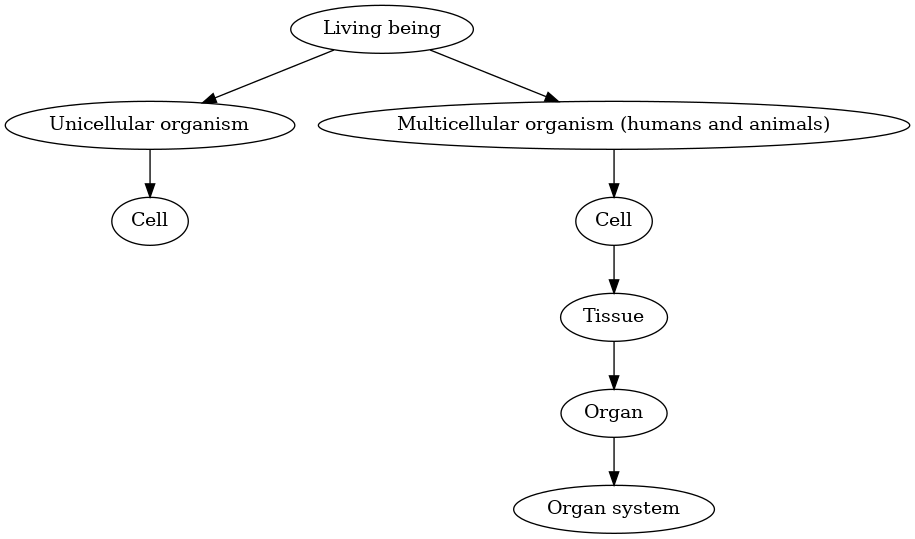atomistica.online
Unicellular and multicellular organisms
Unicellular and multicellular organisms
Basic terms
- Unicellular organisms (e.g., bacteria, protists, unicellular fungi) consist of only one cell. That single cell carries out all life processes such as nutrition, exchange of substances, and reproduction.
- Multicellular organisms (e.g., plants, animals, humans, fungi, algae) are made up of a large number of cells. Their cells are specialized – each type of cell has a particular function (e.g., nerve cells transmit impulses, muscle cells enable movement).
- In multicellular organisms, cells communicate and cooperate with each other.
In Short
- Unicellular organism = one cell only (bacterium, yeast).
- Multicellular organism = many cells → tissues → organs → organ systems → organism.
- The cell is the fundamental unit of structure and function in all living beings.
How multicellular organisms originated
- Scientists believe that multicellular organisms originated when cells, after dividing, did not separate but stayed together.
- Over time, these cells became specialized for different functions, which led to a division of labor among them.
Levels of biological organization
There is a hierarchy:
- Cell – the basic unit of structure and function of all living things.
- Tissue – a group of similar cells with the same structure and function.
- Organ – made of different tissues working together to perform a function (e.g., heart, leaf).
- Organ system – a group of organs working together for more complex functions (e.g., digestive system in humans).
- Organism – the whole living being, made of all organs and systems.

Differences between plants and animals
- Plants have vegetative organs (root, stem, leaf) and reproductive organs (flower, fruit, seed).
- Animals and humans have various organs connected into systems (e.g., digestive, respiratory, circulatory systems).
- Both plants and animals have organs and systems of organs, but they differ in structure and function.

